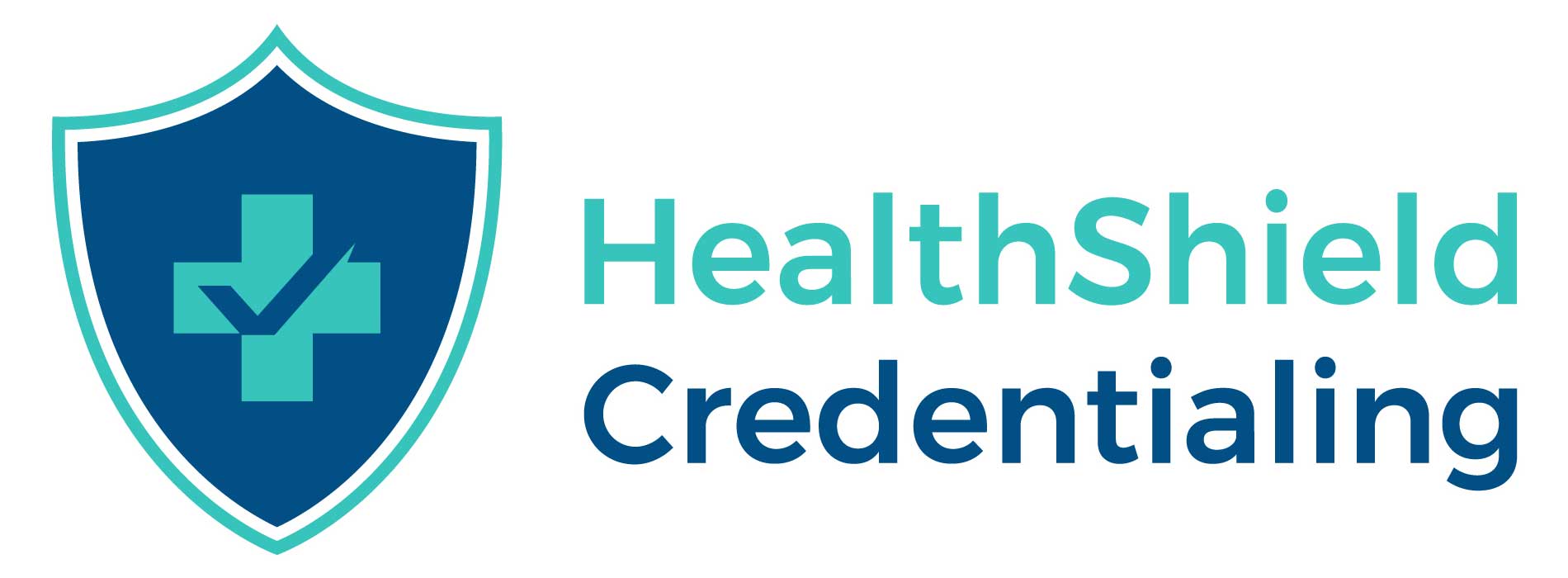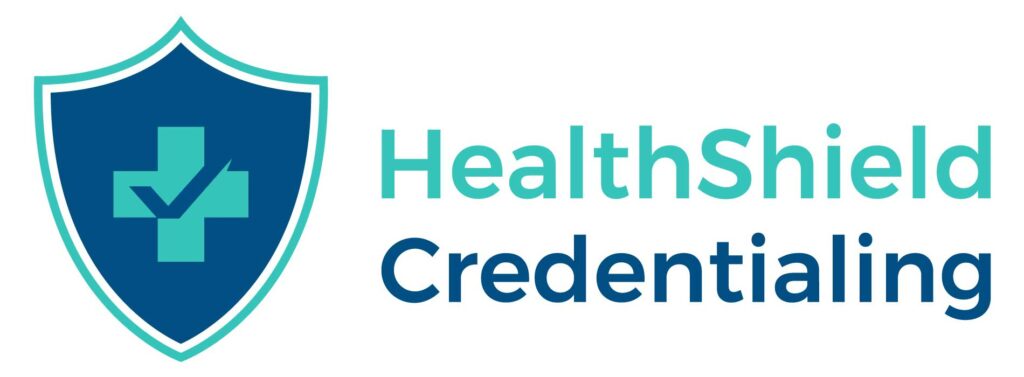The healthcare profession has evolved at a rate unlike any time in modern history. Burnout reported since 2020 has led to one in five workers exiting the profession all together, with another 19% considering leaving.1 As staffing shortages have become more prevalent, hospitals have turned to paying higher rates for temporary staff, such as travel and contract workers, who must have the right credentials in place.
Credentialing healthcare workers can be time consuming and costly for temporary workers. The amount of time, expertise, and attention to detail necessary to obtain credentials can deter professionals from changing jobs or doing contract work.
With healthcare staffing demand far outpacing supply throughout the country, the opportunity is ripe for workers to take advantage of higher salaries, more fulfilling jobs, improved work-life balance, and travel to different areas not previously possible. Organized credentialing information, ready to send at a moment’s notice, is essential for these traveling workers.
HealthShield offers an easy solution to keep all your records in one place, available on-demand, to save time, money and frustration associated with the credentialing process.
CREDENTIALING 101
Credentialing is the process of verifying that a provider is qualified to provide medical services and that they have the capabilities and expertise to perform within his or her scope of practice. It is required by law and ensures quality and safety for patients. Done properly, hospital credentialing process also protects providers and hospitals.2
Documentation required during credentialing includes:
- State License
- National License
- Board qualifications/certification status
- Surgical Logs (usually two years’ worth)
- Malpractice insurance claim reports (10 years’ worth)
- Work History
- Updated curriculum vitae
- Certifications (ACLS, BLS, PALS, etc.)
- DEA certificate
- NPI Number
- Immunization Records
- Educational History
- School Diplomas
- Professional References
- Driver’s License
- Social Security Card
- Marriage License
- Color Photo
- Background Check
Key mistakes in the credentialing process include incomplete, missing, or partial information, misspelled names, incorrect NPI numbers, and outdated or expired supporting documentation. This can create a back-and-forth scenario with the credentialing specialists and provider that can be time-consuming and frustrating.
Once all the documentation is received it must be verified. Some hospitals have in-house personnel while others use staffing or credentialing agencies. The average cost to credential a provider is $100-400 per job, though this varies across credentialing service agencies. Costs for re-credentialing are approximately the same. Most insurances and facilities require re-credentialing to occur on a two-year cycle, although some payers or facilities may extend that by a year.3
Following the verification process, most hospitals require privileging requests. This can be an issue when many credentialing committees only meet monthly or bi-weekly to review and sign off on granting privileges to a provider.
Under the most efficient circumstances, a provider can be credentialed to work at a hospital or credentialed and approved to be in-network for a health insurance company in 30 days. More often, this process takes 60 to 90 days. On occasion, especially with insurance companies, it can take six months or more.4
HealthShield Credentialing
Despite the hassles and headaches of credentialing, it is important; emotionally and financially, to obtain the jobs and salaries that fit your life. HealthShield can save you time and help you keep your information and documents ready and up to date on a continuous basis. Your information will be available and encrypted on all your devices the moment you need it.
HealthShield is revolutionizing the collection and dissemination of professional information with the creation a user-friendly interface, automated reminders, and the ability to share your information securely with your next employer at the click of a button. Go to https://healthshieldcredentialing.com/ and become a member to see how HealthShield can ensure you are credentialed for your next job with less hassle and in less time.







